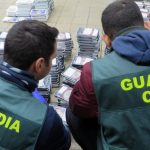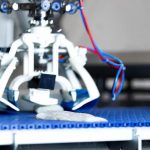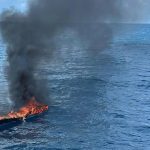According to the scientists oil spill in the Gulf of Mexico has killed or tainted many creatures. It has spurred the growth of others more suited to a fouled environment. This started altering the marine food web. Near the spill site, researchers have documented a massive die-off of pyrosomes — cucumber-shaped, gelatinous organisms fed on by endangered sea turtles.
Along the coast, droplets of oil are being found inside the shells of young crabs that are a mainstay in the diet of fish, turtles and shorebirds. And at the base of the food web, tiny organisms that consume oil and gas are proliferating. Scientists said that if this cycle continue then it could over time cascade through the ecosystem and imperil the region’s multibillion-dollar fishing industry.
Federal wildlife officials say the impacts are not irreversible, and no tainted seafood has yet been found. But Rep. Ed Markey, D-Mass., who chairs a House committee investigating the spill, warned Tuesday that the problem is just unfolding and toxic oil could be entering seafood stocks as predators eat contaminated marine life.
Scientists have conducted researches on the spot and found that already those concentrations are pushing down oxygen levels as the gas gets broken down by bacteria. When oxygen levels drop low enough, the breakdown of oil and gas grinds to a halt and most life can’t be sustained. The researchers also found dead pyrosomes covering the Gulf’s surface in and around the spill site. It is true that the BP spill also is altering the food web by providing vast food for bacteria that consume oil and gas, allowing them to flourish.








